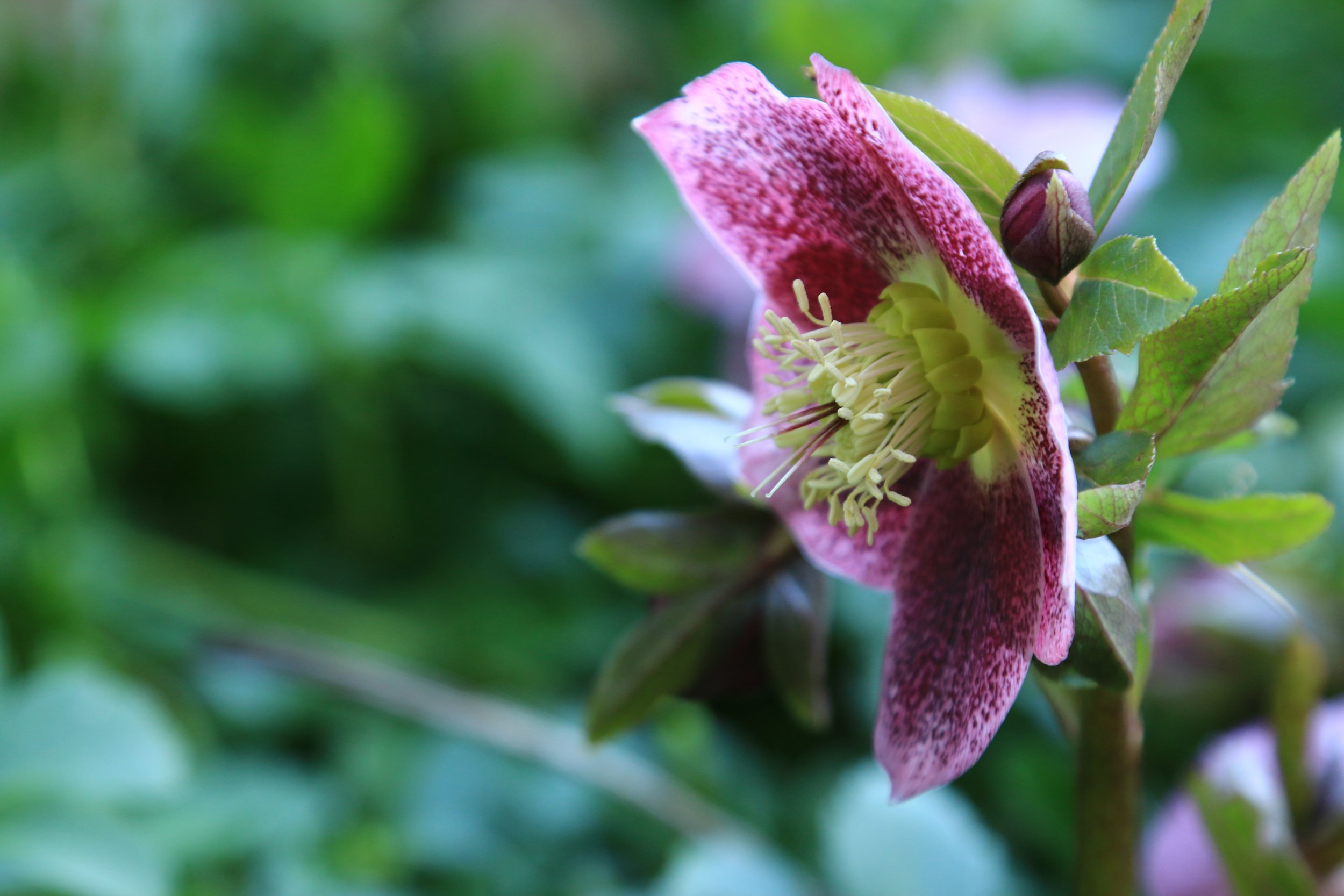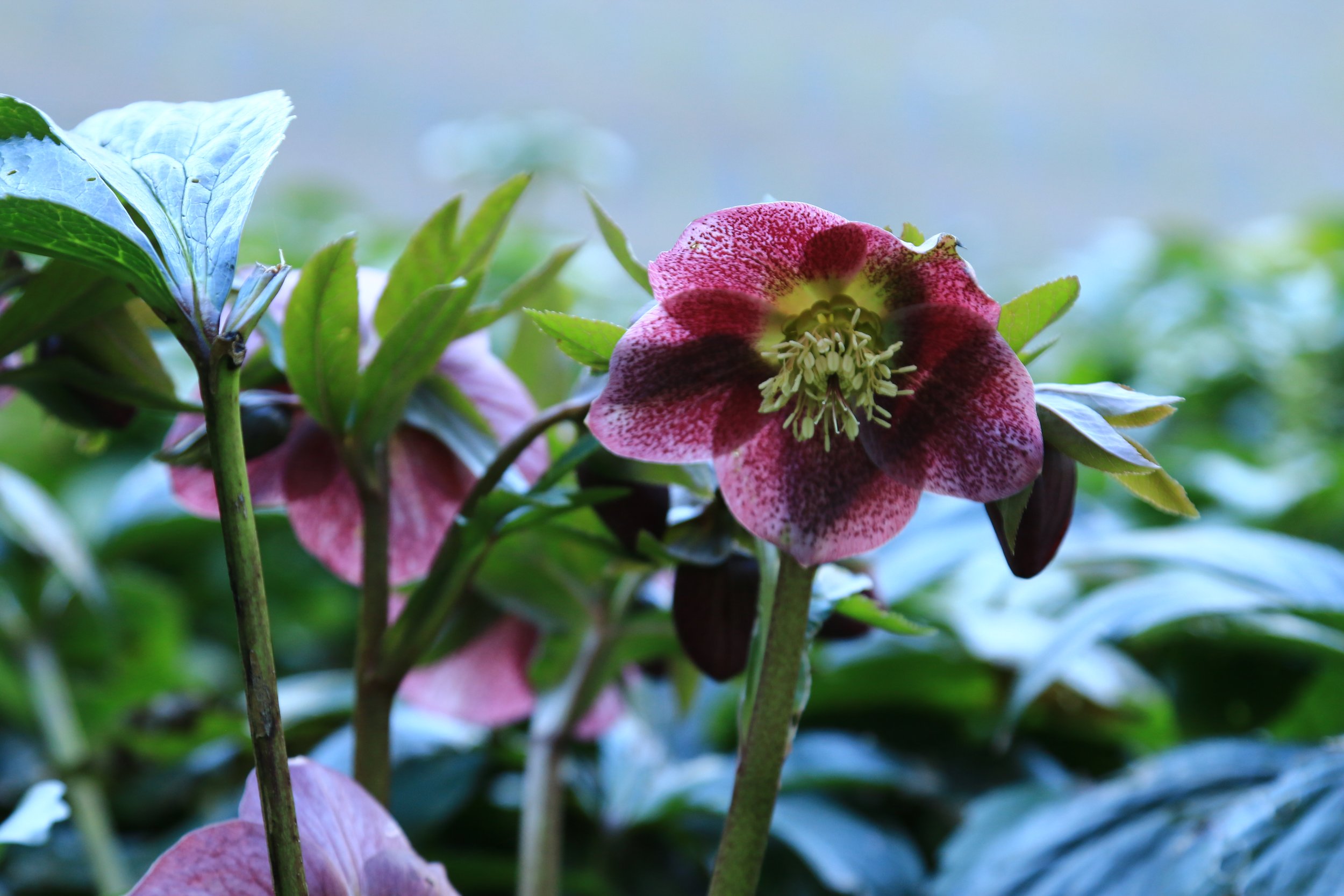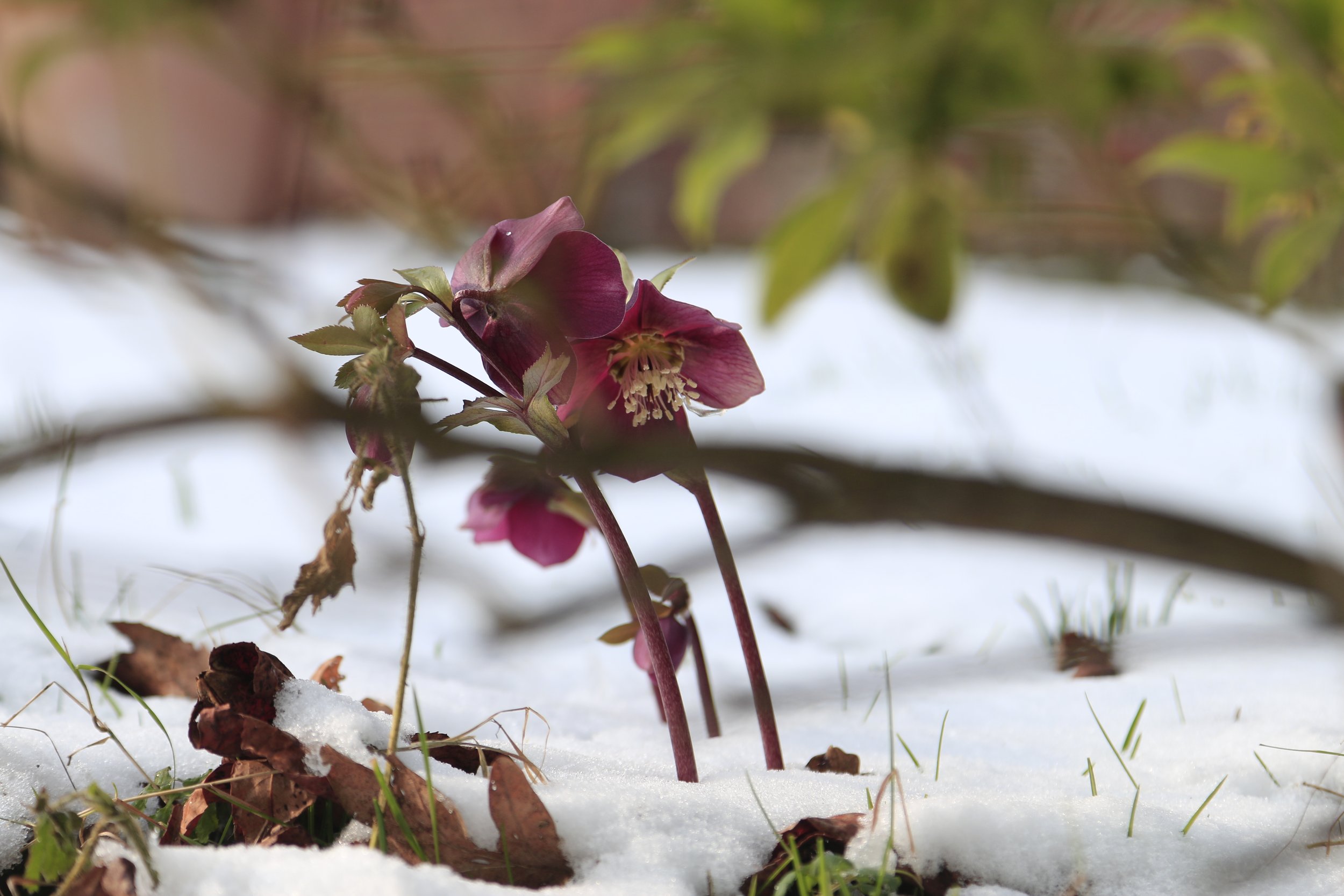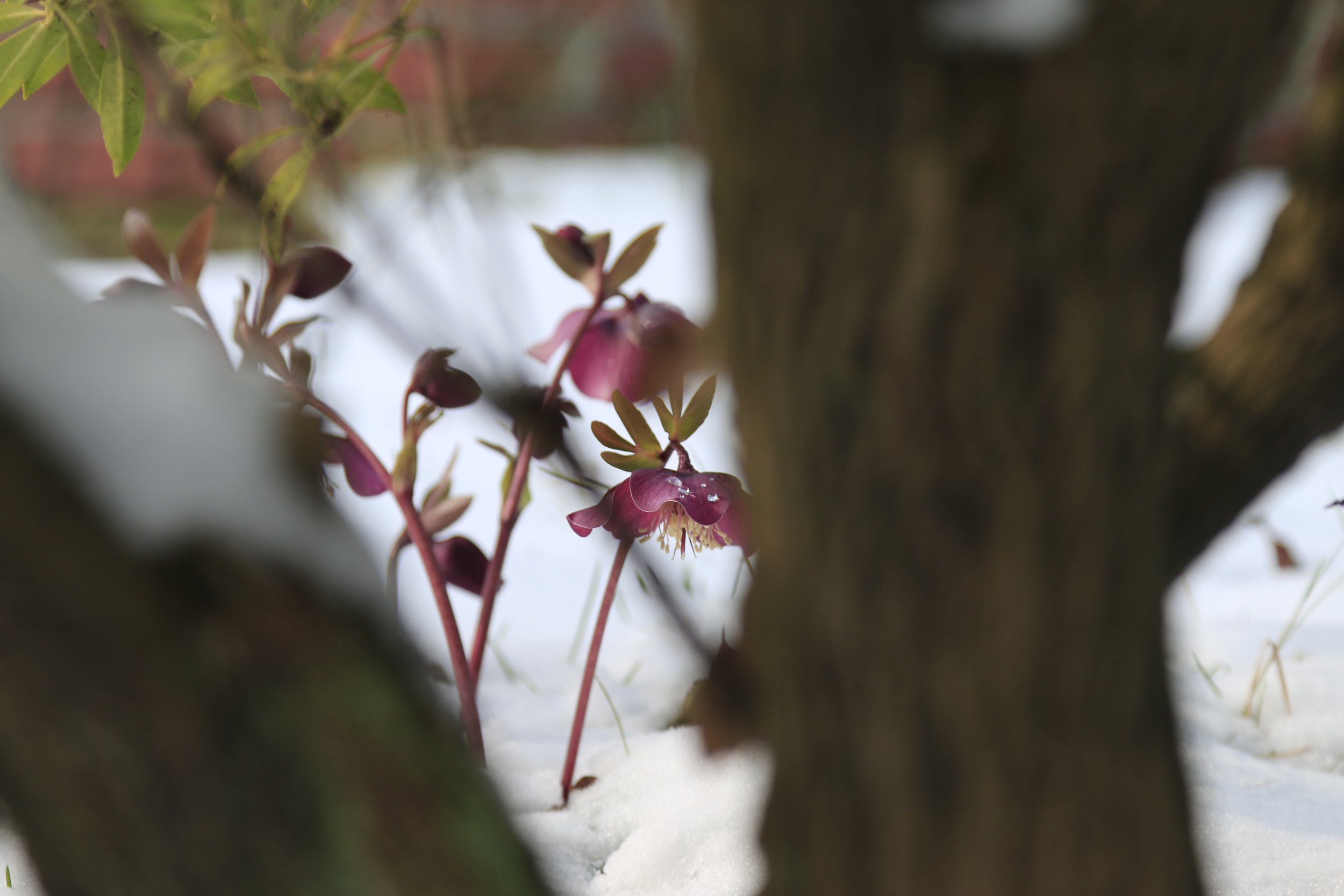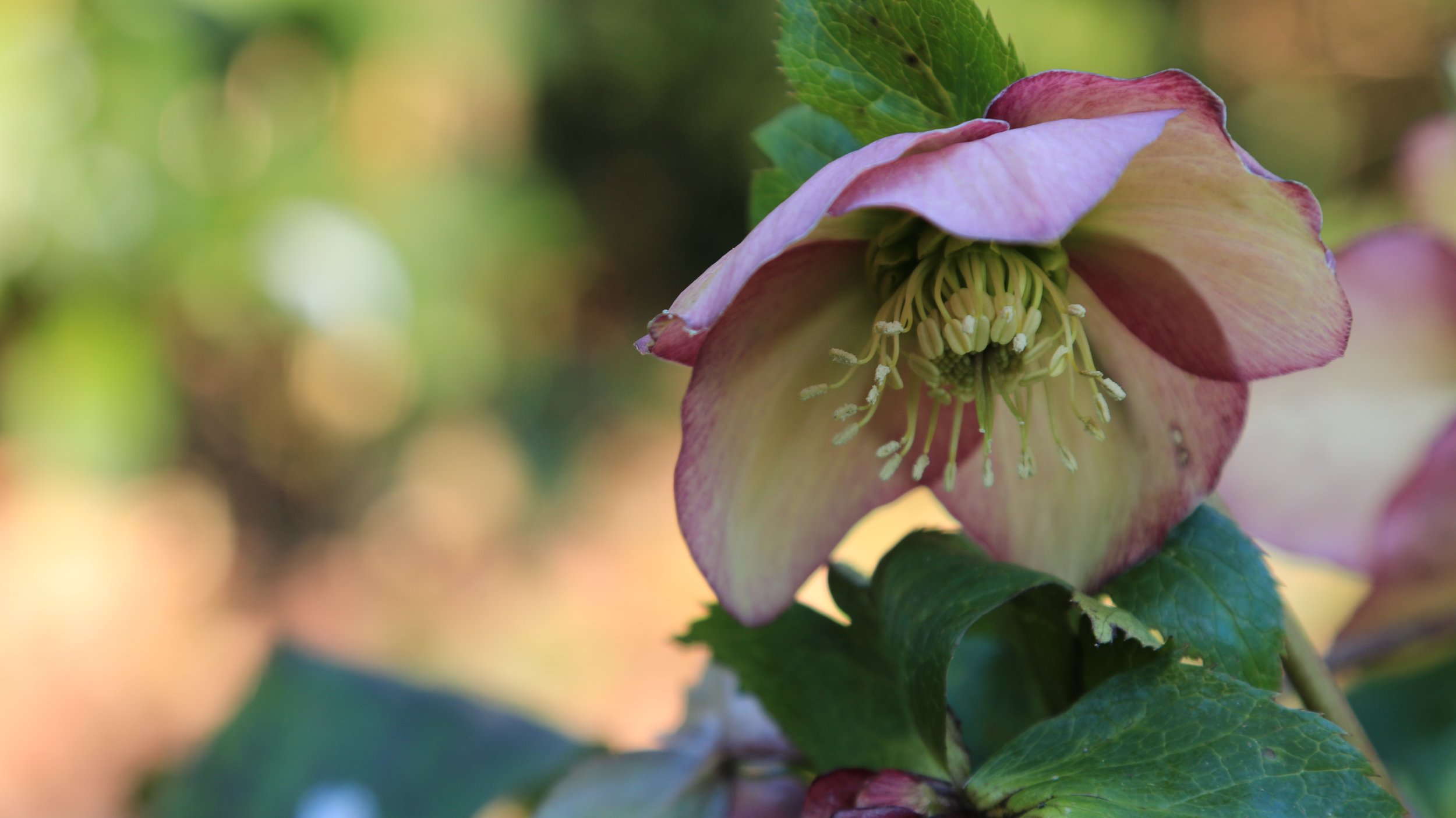December's plant of the month: Helleborus
The blooming of a plant when most of the garden plants are dormant is always spectacular. Thinking of enjoying your garden with a hot drink in your hand during wintertime? From November to March, Helleborus (known as the Christmas rose) will delight you with large white flowers, complete with a wonderful crown of stamens. Helleborus is hardy and can withstand snow and frost: branches may droop, but as soon as it warms up again, they will straighten out. It can’t go wrong!
Helleborus Fun Facts
People cultivated Helleborus in the Middle Ages to ward off evil spirits during the winter.
The plant has a long history. The physician Melampus referred it to as early as 1400 BC.
Helleborus signifies pioneering and survival.
Helleborus contains over 20 species native to Europe and Asia.
There is a constant development of new varieties due to their easy hybridization.
The sap and seeds of hellebore plants are poisonous.
It may take two seasons for some species to bloom and develop.
What to look for when buying the Helleborus plant:
Pot. Check the balance between the pot size and plant, ensuring the plants have a good number of buds and are pest-free.
Moist Soil. A sufficiently moist soil prevents drooping of the plant. When established, they can tolerate drought even during extended dry periods.
Healthy leaves. Yellow leaves and black spots are signs of leaf-miner flies and botrytis. Hellebores are easy to maintain. If you have poor soil, they will grow better if you feed them twice a year with organic fertilizer.
Helleborus Care Tips
Helleborus prefers a sheltered spot in full sun. The shade will reduce the number of flowers the plant will produce, so make sure you keep it in a sunny place.
When the leaves droop, the Helleborus needs more water. It will perk up completely after a couple of hours.
Avoid watering it when it is freezing. In cold weather, plants hardly consume any water.
Don't plant your hellebores too deeply, as this may prevent them from producing flowers.
Helleborus is best combined with:
evergreen ferns and grasses such as Luzula nivea, Polypodium vulgare and Asplenium scolopendrium (Hart’s Tongue Fern)
evergreen Asarum europaeum (European Wild Ginger)
winter-flowering Cyclamen
gorgeous Snowdrops
The following are my favourite sorts:
Helleborus niger
Helleborus foetidus
Helleborus hybridus ‘Harvington Double White’
Helleborus × hybridus ‘Harvington Picotee’
Helleborus × hybridus 'Harvington Shades of the Night'
***
As long as the soil is not frozen, Hellebores can be planted any time of the year. Best of all, hellebores are quite easy to grow and will bloom year after year due to the fact that they are perennials!
Photo credits: Raf Wittebrood / Wesseling Tuinen
More Tips & Advice?
Book a garden design consultation with me: jana@botaniq.nl / +31 6151 89494
